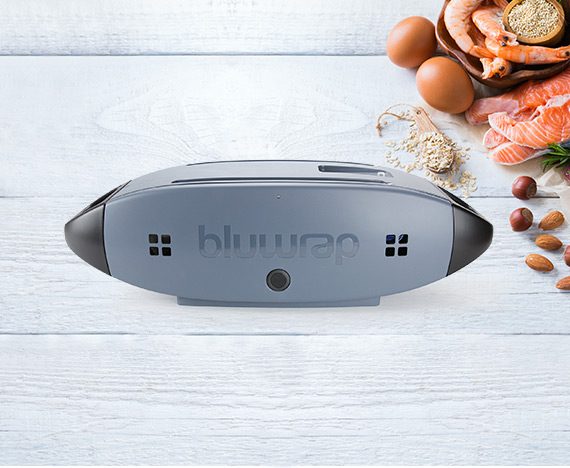Rabobank Seafood Analyst’s Gorjan Nikolik remembers being impressed with the potential of life-extending technology nearly ten years ago. So why wasn’t BluWrap been rolled out earlier?
If it can circumnavigate the tricky matter of Russia’s current Belarus ban on Norwegian salmon, fresh fish may be exported from Norway via train to emerging markets in China.
Though this can only be done via technology which can dramatically extend the shelf-life of fresh goods. In this case, fresh salmon fillets can have a shelf life for 30 days.

Global Fresh Foods
Before it was Bluwrap, it was a packaging startup called Global Fresh Foods and the tech originally came from the salad industry. In 2011, it raised EUR 3.67 million in Series B financing from Rabo Ventures – which invests in early-stage innovative companies that improve the global sustainability of food and agriculture.
Rabo Ventures was a fully owned subsidiary of Rabobank Group. Nowadays, it has become Anterra Capital and Rabobank Group is only a minority shareholder.
“When Rabo Ventures invested, it became apparent that salmon was the species that had the most interesting value concept for this technology – especially from Chile where fish takes a number of days on a vessel to California, USA,” explained Nikolik. The thinking behind the investment was that major improvements in the shelf life of a fresh product like specifically salmon could yield a high-value profit.
“I remember at the time during a conference, we took eight salmon fillets of them, four freshly harvested and the other four had been put into the BluWrap system for seven days,” he said.

Taste test
The fish was served in front of all the main CEOS of the industry who tasted it and no one could tell the difference.
“I couldn’t see, taste or smell the difference – they even brought lab people as they were so impressed – to test the protein degradation level and they could find nothing,” he said.
However, optimism for the controlled-atmosphere system was short-lived as well as the opportunities with it, as in 2010 Chile was ravaged by an ISA outbreak that killed millions of salmon.
“The year was bad for Chilean salmon farming industry. Also in subsequent years were challenging a too rapid supply recovery created a price drop, so nobody wanted to risk it with this strategy,” he said.
In 2020, with improved conditions, could the Finland train route will act as a conductor for other markets?
“There is a huge opportunity to reduce waste. Potentially you can use this system for trucks such as from Norway to Spain. I guess the same goes for trains”. While much has been talked about trains to emerging markets in the East, it’s worth noting that salmon shipments from Europe to the US market is four times bigger than China, with no risk of goods getting stuck in Russia.
Change
With the fresh value chain, the flip side of its popularity is that fresh salmon is flown, and all air freights leave a big carbon footprint. What other opportunities do you see in this technology?
“In general, fresh tends to have more waste than frozen. But here are two things that this tech will change. I think it could open up new markets that are difficult to reach today. For example, for a long time, Chile has struggled with China because there weren’t enough cargo planes equipped, furthermore, Chinese inspections can slow down things, but this tech can help with that”.

